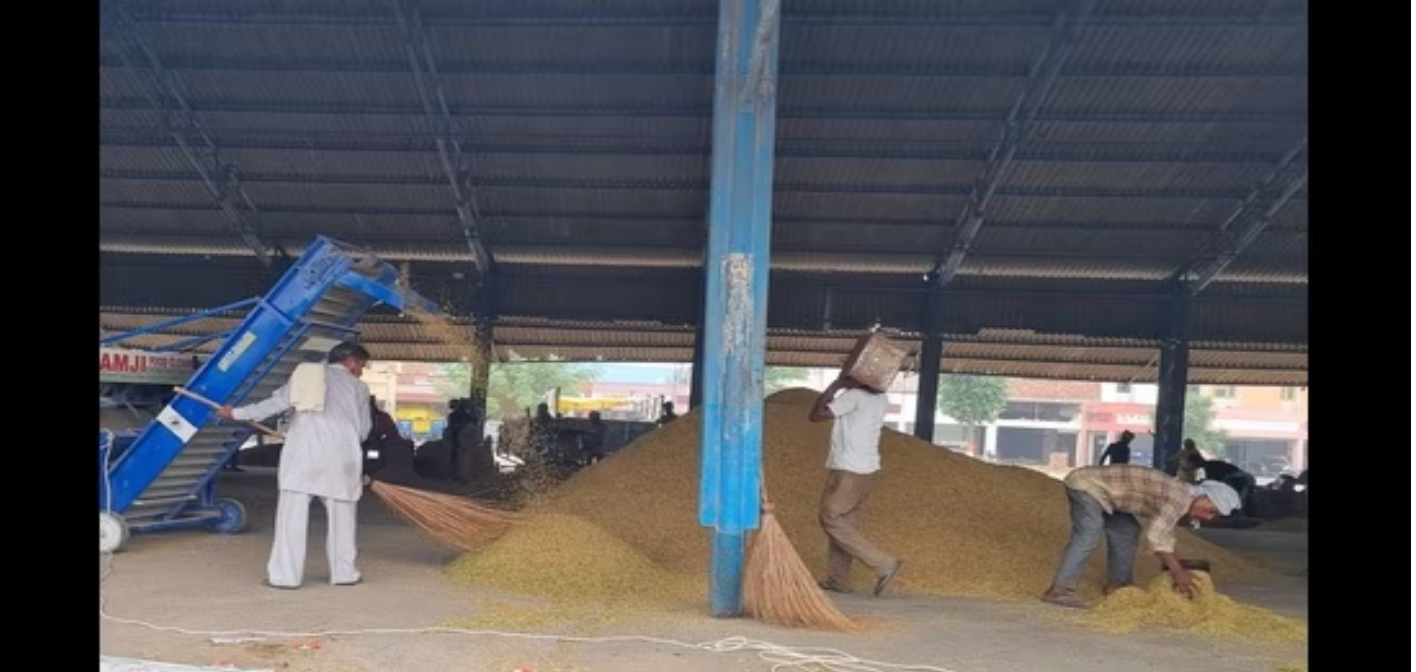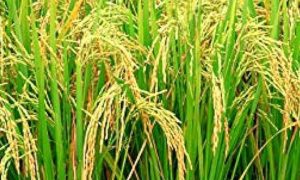Basmati growers rejoice as prices touch ₹3,800 a quintal

Paddy has already started arriving in the grain markets of Haryana’s northern districts — Karnal, Kurukshetra, Panipat and Yamunanagar, and farmers are getting anywhere between ₹3,500 to ₹4,000 for a quintal of the early maturing varieties: Pusa 1509, Pusa 1847 and Pusa 1692.
Growers of the early maturing varieties of Basmati rice are reaping a rich harvest with the prices of long-grained aromatic varieties touching ₹3,800 a quintal.
Paddy has already started arriving in the grain markets of Haryana’s northern districts — Karnal, Kurukshetra, Panipat and Yamunanagar, and farmers are getting anywhere between ₹3,500 to ₹4,000 for a quintal of the early maturing varieties: Pusa 1509, Pusa 1847 and Pusa 1692.
Farmers from Uttar Pradesh are reaping the benefits of the price rise as over 70% of the paddy being sold in Haryana’s mandis comes from the state. In Haryana, meanwhile, there are still about two weeks to go for paddy harvesting.
Last year, the prices of these varieties had seen a sudden rise after a gap of around 10 years and reached to around ₹3,500 per quintal. Now, the traders and arhtiyas are expecting that the prices may go up further with more paddy arriving in markets.
Manmohan Singh, a farmer who had sold paddy of three acres at Ladwa mandi, said, “Pusa 1509 is fetching ₹3,800 per quintal, while Pusa 1847 is being sold at ₹3,500. Last year, I had sold my paddy produce at ₹3,200 per quintal.”
Sandeep Kumar, another farmer from Saharanpur of Uttar Pradesh, who sold Pusa 1509 at ₹3,650 per quintal at Karnal mandi said, “Not only the prices, the yield of the crop is also good as this year and the average yield of Pusa 1509 remained around 21-22 quintal. This will help farmers to bear the losses they had faced last year due to dwarfing diseases.”
Demand in int’l market, floods reason behind price rise
While people associated with rice trading said the key reason behind the surge in prices is the demand for Basmati rice in the international market and fall in the acreage due to floods in paddy growing districts of Haryana and Punjab.
The monthly report of Agricultural and Processed Food Products Export Development Authority (APEDA) reveals that the prices of Basmati rice in the international market touched to ₹91,803 per tonne in June this year against ₹85,334 of the last year. The country’s Basmati rice export reached 11.72 lakh MT between April and June this year against 11.25 lakh MT during the same period last year.
Former president of the All India Rice Exporters Association (AIREA) Vijay Setia said India’s rice industry is in good health due to the surge in demand. “But the key reason behind the rise in the rice prices in domestic and international market is that people worry rice production may dip this year owing to floods in the country’s biggest Basmati producing belts of Haryana and Punjab.”
Ban on non-basmati exports drawing more traders to basmati
India’s ban on the export of non-basmati or Parmal white rice has also resulted in an upswing in Basmati prices as traders are now focusing more on basmati trading to meet the demand.
Since there were no restrictions on early sowing of paddy in UP, farmers started transplantation in the month of May which takes only three months in maturing.
In Haryana, meanwhile, farmers cannot start transplantation of paddy before June 15 and harvesting begins after September 15. Farmers and arhtiyas says that due to restrictions on early sowing of paddy, farmers in Haryana are unable to get the benefits of good price in the mandis of the state. They add the trend usually is that the grains fetch high rates in the beginning of the procurement season, but go down eventually.















